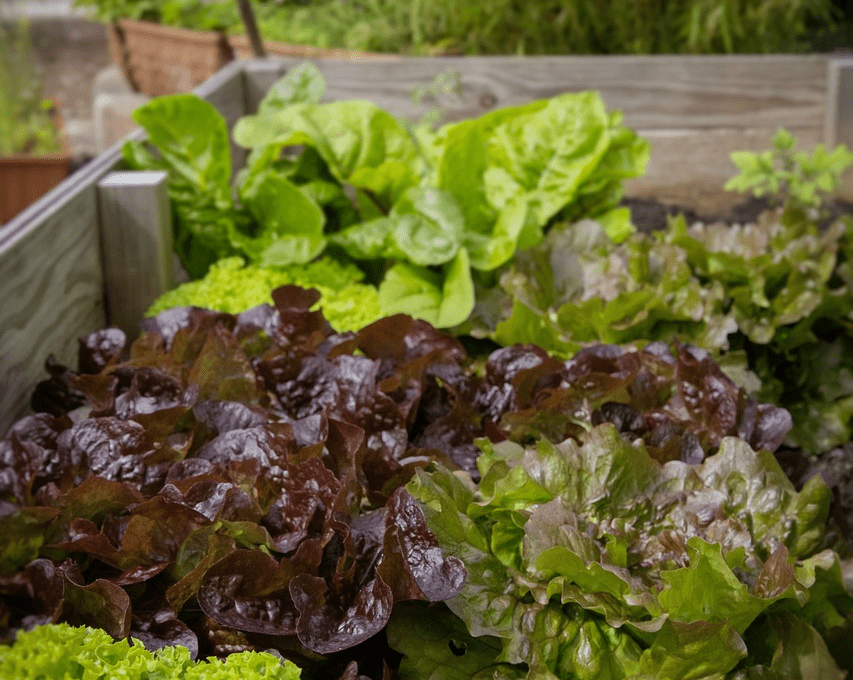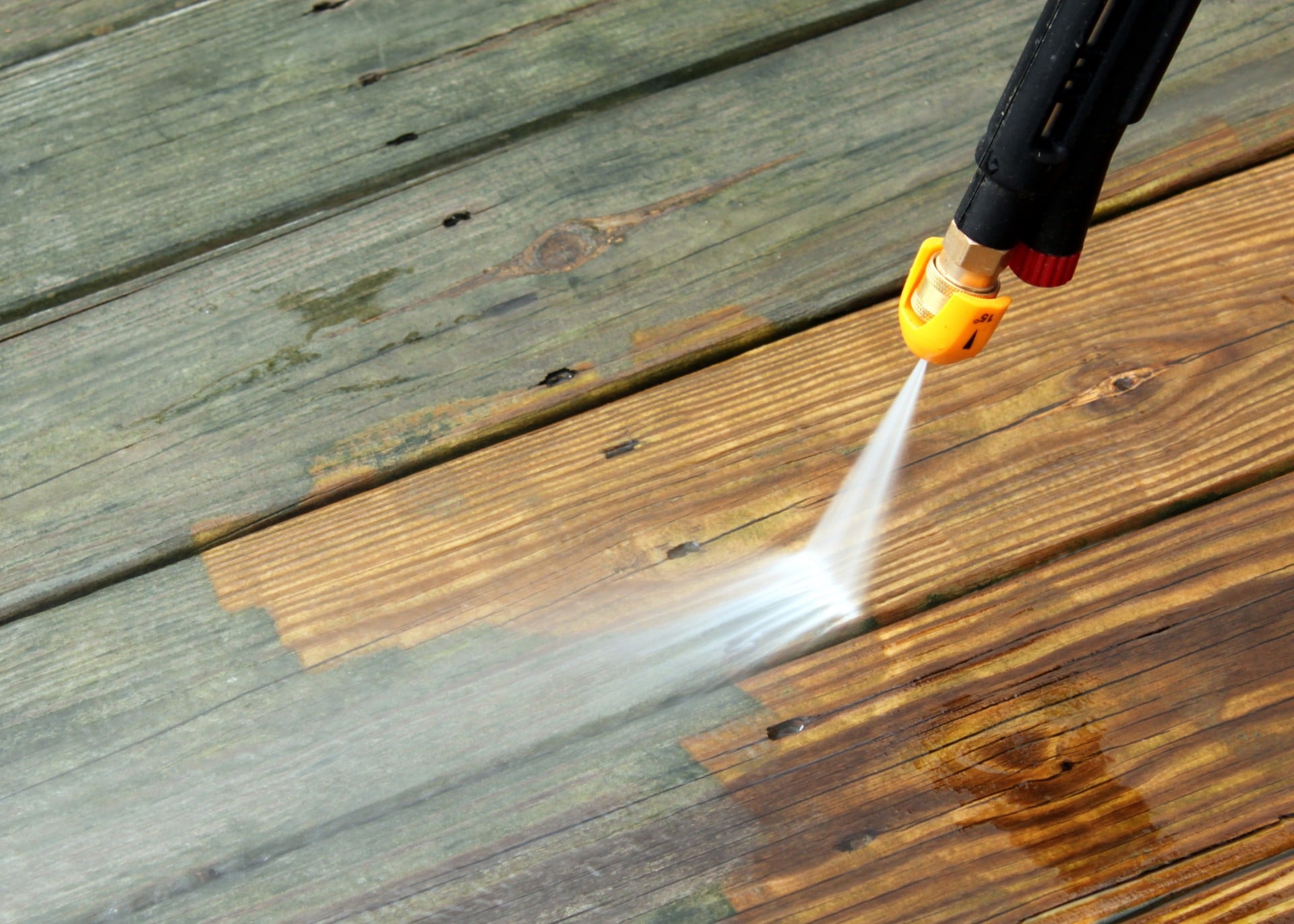Are you struggling to fill your raised garden bed like a pro? Do you want to create the perfect soil mixture for your plants to thrive? Then you’ve come to the right place.
In this article, we’ll give you tips and tricks on how to fill your raised garden bed like a pro, so you can enjoy a bountiful harvest.
First, let’s talk about the components of a successful raised garden bed. You’ll need a good mix of soil, compost, and organic matter. We’ll show you how to properly layer these components, so your plants get the nutrients they need to grow healthy and strong.
We’ll also give you affordable filling methods, so you don’t have to break the bank to create a beautiful garden. With our tips and tricks, you’ll be able to fill your raised garden bed like a pro in no time.
So let’s get started!
Quick Takeaways
- The ideal components for a raised garden bed include topsoil, compost, dried leaves, and coconut coir or peat moss.
- Cheaper ways to fill raised beds include using on-site material, the Hugelkultur method, and the Lasagne method.
- Before filling a raised garden bed, the ground underneath should be tilled and leveled, and lining the sides of the bed with landscape fabric can prolong its lifespan.
- Raised garden beds are back-saving and lead to successful vegetable and flower growth, and everyone can enjoy outdoor spaces, regardless of size.
Components of a Raised Bed
You should know that the ideal components for a raised garden bed include topsoil, compost, dried leaves, and coconut coir or peat moss. When purchasing topsoil, it’s important to buy it from a garden center to avoid pests, diseases, and weed seeds.
Compost or manure should be added to act as a slow-release fertilizer and to introduce beneficial microbes to the soil. Dried leaves should also be added, as they provide nutrients and aid in soil aeration and moisture control. Coconut coir or peat moss should be used to create air pockets and reduce soil compaction.
A balance of six parts topsoil, two parts compost, one part shredded leaves, and one part coconut coir or peat moss is recommended for a rich soil mixture. Soil amendments are essential for a successful raised garden bed. It’s important to pre-mix the topsoil and amendments before adding them to the bed.
Rocks and large chunks should be removed from the soil as it is layered into the bed. A standard 8L x 4W x 1H frame holds 32 cubic feet of material, and six to eight inches of pure soil is needed at the top of the frame for plants. Watering the soil lightly helps the ingredients settle into place, and topping off the raised bed with additional topsoil is necessary if the soil level is too low.
Filling Methods
To efficiently add materials to your raised garden, consider utilizing the Hugelkultur or Lasagne methods. These are creative alternatives that provide cost-effective solutions to filling your raised garden bed. The Hugelkultur method is perfect if you have rotting logs and large branches lying around. These materials act as a bulking agent, which reduces the amount of soil needed. Not only does this save you money, but it also adds nutrients to the soil as the logs decompose. The Lasagne method, on the other hand, uses layers of yard waste and minimal topsoil. This method is perfect for those who want to create a garden bed without spending too much money on materials.
To help you understand the differences between these two methods, here is a table that breaks down the main components of each method:
| Hugelkultur Method | Lasagne Method | |
|---|---|---|
| Bulking agent | Rotting logs and large branches | Yard waste |
| Soil needed | Reduced amount | Minimal |
| Cost | Low | Very low |
| Nutrients added | Yes | Yes |
By utilizing these methods, you can fill your raised garden bed without breaking the bank. Not only are they cost-effective solutions, but they also add nutrients to the soil, which can lead to healthier and more successful plant growth.
Tips for Filling
Achieving the perfect soil mixture for your raised garden requires soil preparation and raised bed construction. Before filling your raised garden bed, make sure the ground underneath is tilled and leveled.
Add topsoil, compost, dried leaves, and coconut coir or peat moss in a balanced ratio of six parts topsoil, two parts compost, one part shredded leaves, and one part coconut coir or peat moss. Mix these components well to ensure even distribution.
When constructing your raised garden bed, line the sides with landscape fabric to prolong the bed’s lifespan. Remove any rocks or large chunks from the soil as you layer it into the bed.
Once the soil is set, add six to eight inches of pure soil to the top of the frame for planting. Water the soil lightly to help ingredients settle into place and top off the raised bed with additional topsoil if the soil level is too low.
With these tips, your raised garden bed will be ready for planting and thriving plants in no time.
Benefits of Raised Beds
Raised garden beds offer numerous benefits, including back-saving gardening, successful vegetable and flower growth, and the ability for everyone to enjoy outdoor spaces regardless of size.
In addition, raised garden beds promote soil health by allowing for better drainage, reducing soil compaction, and preventing soil erosion. Gardeners can also create a nutrient-rich environment for their plants to thrive in by controlling the soil mixture.
Accessibility for all is another important benefit of raised garden beds. They can be built at a height that is comfortable for individuals with physical limitations, making gardening possible for everyone. Raised beds can also be placed on any surface, including concrete or asphalt, allowing for gardening in areas where traditional gardens may not be possible.
With the numerous benefits of raised garden beds, it’s no wonder they’re a popular choice for gardeners of all skill levels.
Frequently Asked Questions
What are the best plants to grow in a raised garden bed?
For best results in your raised garden bed, consider companion planting. Prepare your soil with a mix of topsoil, compost, dried leaves, and coconut coir or peat moss. Choose plants that thrive in your climate and suit your needs.
How often should a raised garden bed be watered?
To maintain healthy plants, water your raised garden bed regularly. Watering techniques vary based on climate and soil moisture. Check the soil regularly and water when it feels dry. Avoid overwatering, which can lead to root rot.
Can raised garden beds be used for growing fruit trees?
Raised garden beds can be used for growing fruit trees, but it’s important to consider their maintenance requirements. Fruit tree suitability depends on the depth and width of the bed, as well as the tree’s size and root system. Regular pruning and watering are necessary for healthy growth.
What is the best time of year to fill a raised garden bed?
When to fill your raised garden bed depends on your climate and planting schedule. For optimal growth, aim for a mix of six parts topsoil, two parts compost, one part shredded leaves, and one part coconut coir or peat moss. Fall is a great time for filling beds in warmer climates, while spring is best for colder regions.
How can pests and diseases be prevented in a raised garden bed?
Prevent pests and diseases in your raised garden bed by practicing companion planting and natural pest control methods. Planting herbs and flowers alongside vegetables can deter pests, while introducing beneficial insects like ladybugs and praying mantises can control pests naturally.








